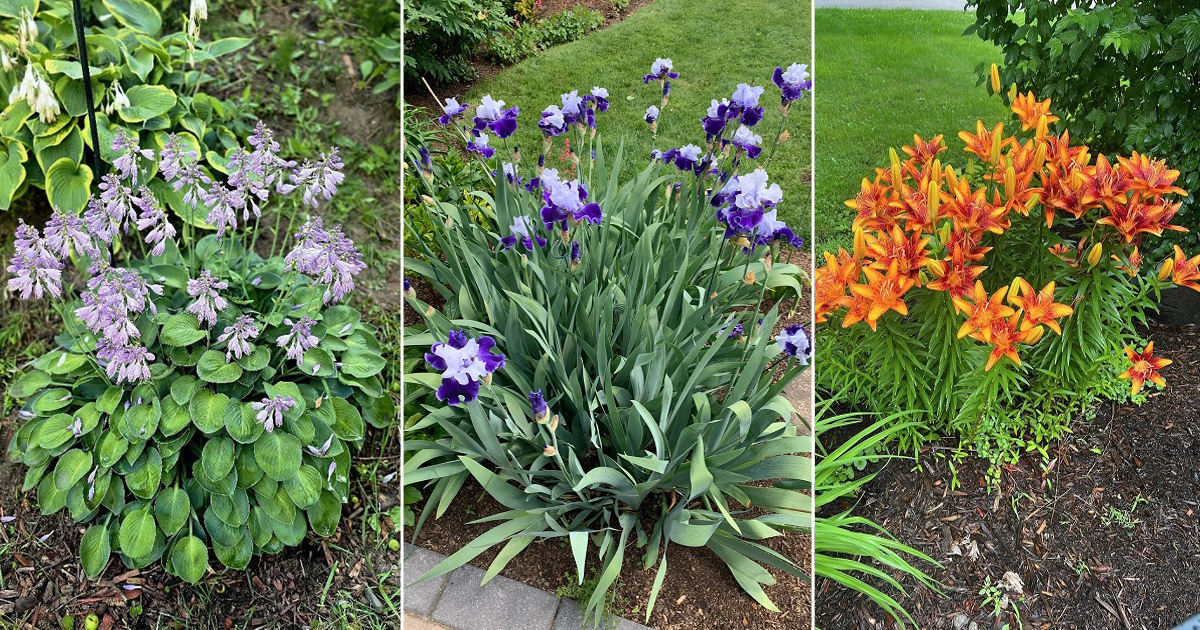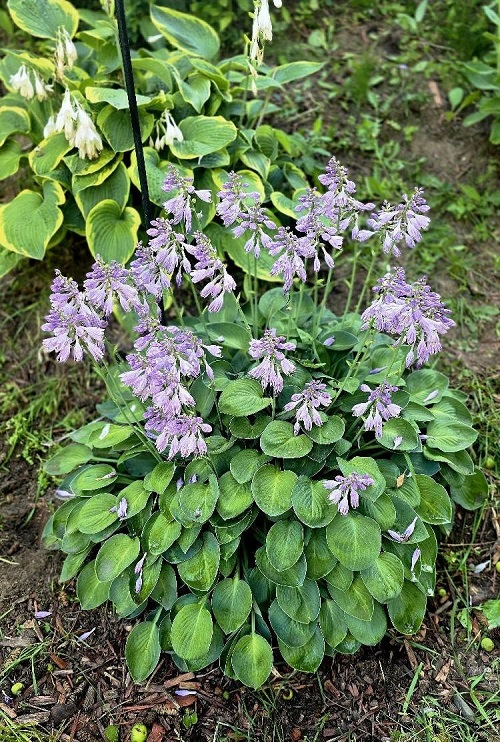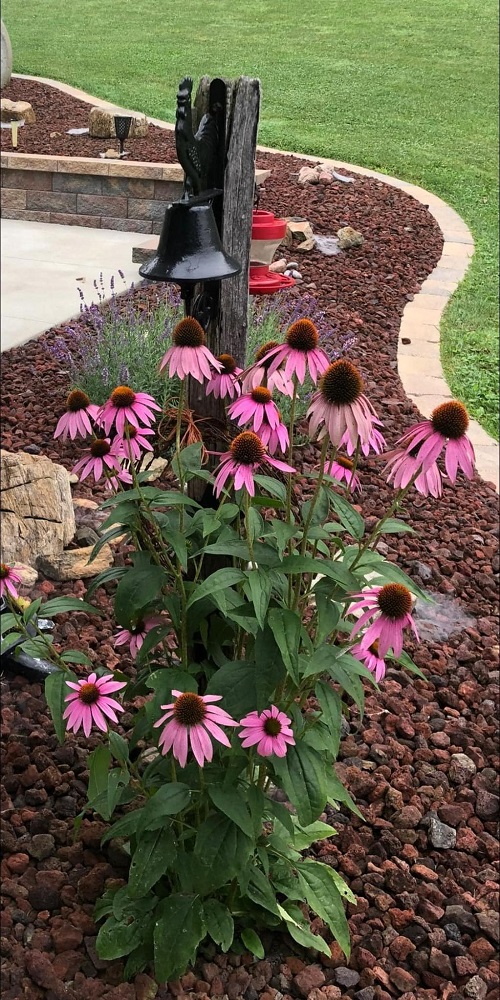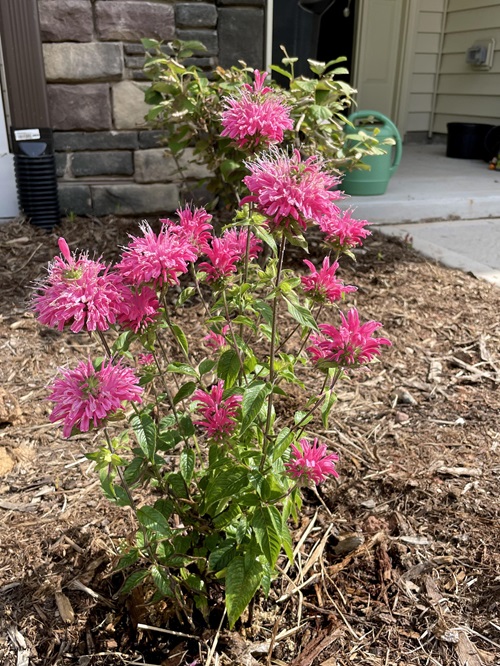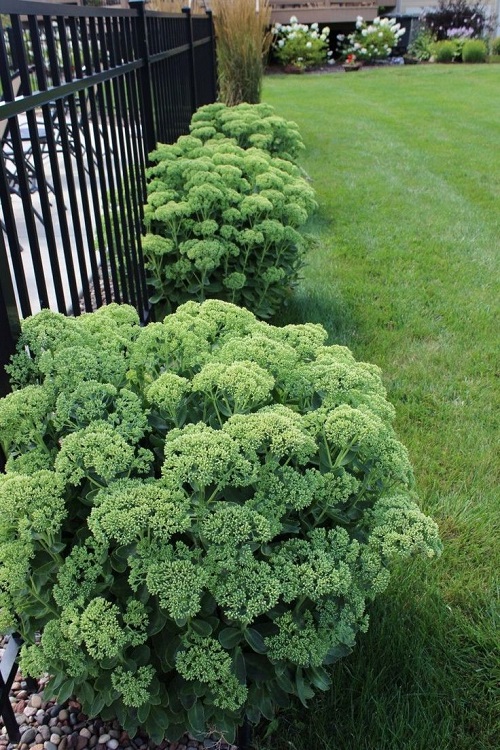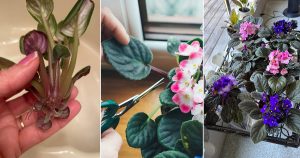Explore the Perennials You Should Always Divide in Fall for More Blooms Next Year. Find simple tips to keep your garden strong and thriving.
Fall gives plants the best environment to recover. The soil is still warm from summer, but the air is cooler. This balance reduces stress on the roots. Rainfall is usually higher in the fall, so the new divisions stay moist without extra work. Plants also enter a rest phase in the fall. They stop focusing on flowers and begin storing energy in their roots. When you divide them at this stage, they heal faster and grow new roots before winter. This extra time underground helps them start strong in spring and produce more flowers. Here you can explore Perennials You Should Always Divide in Fall.
Perennials You Should Always Divide in Fall for More Blooms Next Year
1. Daylilies
Daylilies grow fast and create thick clumps that can weaken over time. When the center of the plant starts to look empty or produces fewer blooms, it means the roots are overcrowded. Dividing daylilies in the fall helps the plant redirect its energy into new growth. Lift the clump carefully and separate the fans into smaller sections. Replant them right away so they can settle before the cold weather. In spring, the new clumps produce healthy leaves and more blooms.
2. Hostas
Dividing hostas is an easy way to make new plants and keep older ones from growing too large. You only need to do this every three or four years.
You can divide hostas in spring or fall. If you want to divide them before frost, October is the best month. Dividing in the fall is helpful because the leaves are still on the plant, so you can clearly see how big it is.
To divide a hosta, use a sharp spade or shovel to lift the whole plant out of the soil. Then separate the clumps of roots from the main plant. Replant the new pieces and water them well so they can settle in.
3. Coneflowers
Coneflowers can outgrow their space after a few years. When they form large clumps, their bloom count drops. Dividing them in the fall helps the plants stay strong and reduces the risk of disease. Cut the clumps into smaller sections and replant them in well-drained soil. Coneflowers establish roots quickly in the fall because they prefer cooler temperatures at this stage. By spring, they grow new stems and produce more colorful flowers throughout the summer.
4. Black-Eyed Susans
Black-eyed Susans spread widely and can become too crowded if not divided. Overcrowding leads to fewer blooms and weaker stems. Dividing them in the fall helps the plants stay upright and keeps the flower display full. The roots adjust well to fall conditions and begin growing soon after division. When the weather warms up in spring, the new clumps produce strong growth and create a thick patch of bright yellow flowers.
5. Astilbes
Astilbes grow better when you divide them every few years. This keeps them from getting too crowded and helps encourage new growth. After cutting back the foliage, use a sharp shovel or spade to dig up and divide the plant. If the plant is too large to lift, you can divide it while it is still in the ground by cutting out sections with your shovel.
Dig up the divided pieces and plant them in a new spot right away. Water them well so they can settle into the soil.
6. Bee Balm
Bee balm often forms tight mats of roots that reduce airflow. This makes the plant more likely to get powdery mildew. Dividing bee balm in the fall improves air circulation and keeps the plant healthy. Separate the clumps and move them to fresh soil if needed. The cooler weather helps the plant recover with less stress. In spring, the new divisions grow quickly and produce many tall stems with bright, round flower heads.
7. Bearded Iris
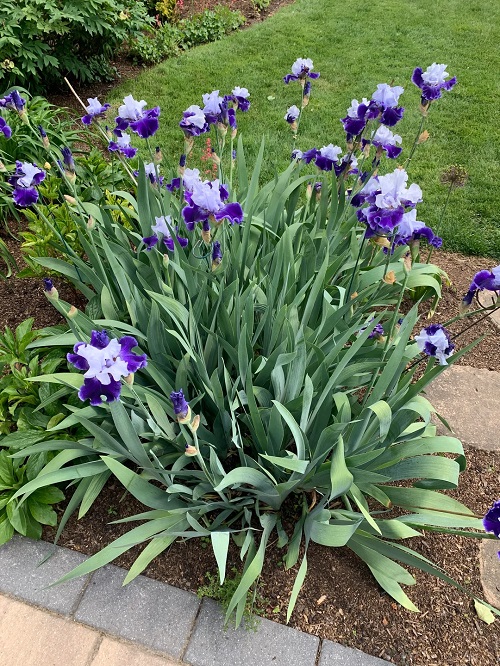
Dividing hostas helps you make new plants and keep older plants from getting too big. You only need to divide them every three or four years.
You can divide hostas in spring or fall. If you want to do it before winter starts, October is the best time. In the fall, the leaves are still on the plant, so you can clearly see how big it is.
To divide a hosta, use a sharp spade or shovel. Lift the whole plant out of the ground. Gently pull apart the clumps of tubers from the middle of the plant. Replant each new piece and water it well so it can settle into the soil.
8. Sedum
Sedum grows in thick clumps that become woody in the center. When this happens, the plant may flop or bloom less. Dividing sedum in the fall gives the new pieces a chance to grow strong roots in cool weather. Sedum responds well to division because it stores water in its leaves and stems. After replanting, the divisions settle in quickly and produce neat, upright growth the next year.
9. Phlox
Phlox should be divided four to six weeks before the first hard frost. For many gardeners, October is the best month to do this.
To divide phlox, cut back the leaves first. Then use a sharp spade or shovel to dig up the whole plant. Divide the root clump into smaller sections, making sure each section has at least three shoots and healthy roots.
Replant the new pieces right away and water them well. To protect the roots from cold weather, add a thick layer of mulch around the freshly planted divisions.

